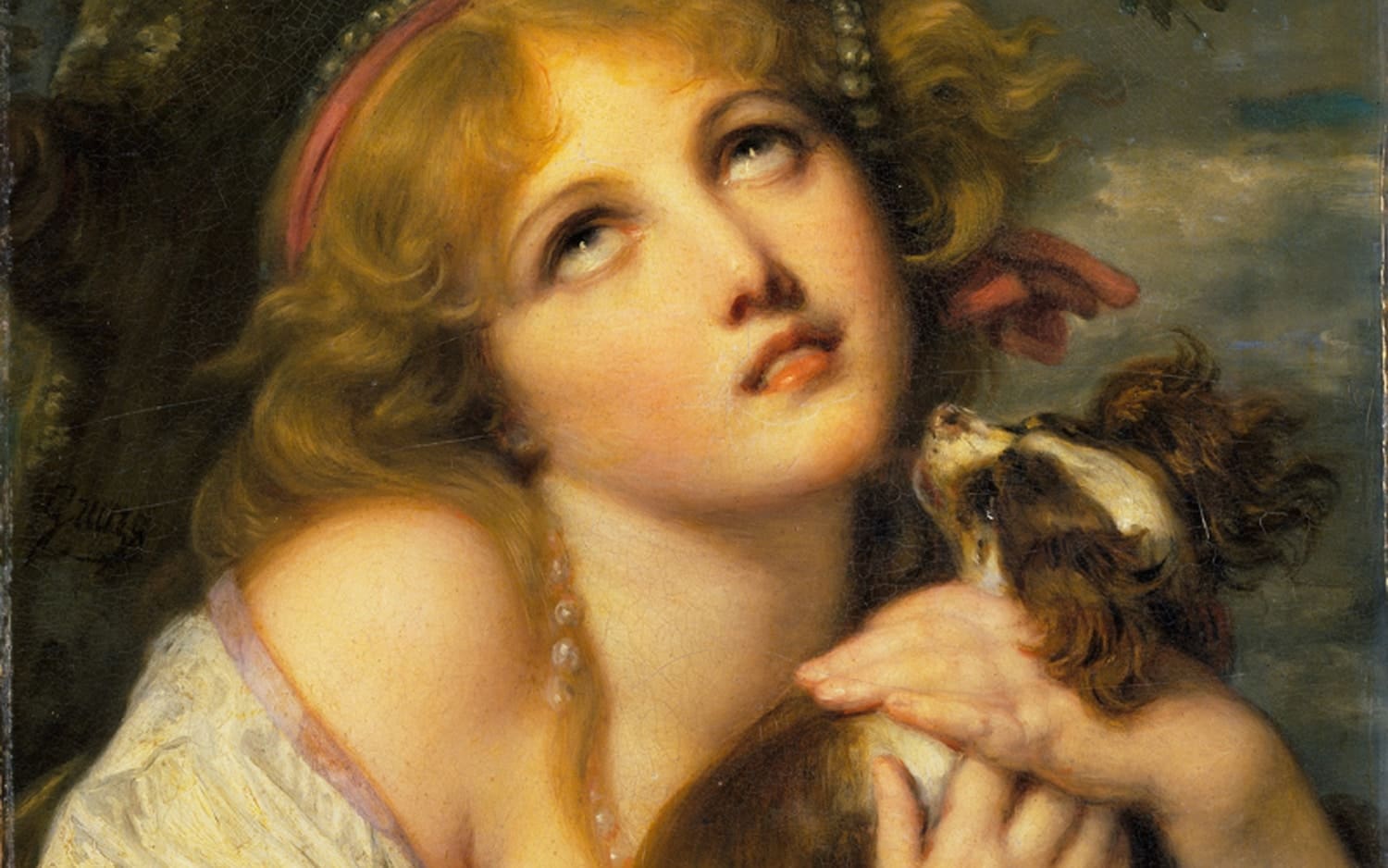Dogged by controversy: Our relationship with canines through the ages

Dogs and democracy have always been difficult bedfellows, as evidenced at an exhibition about our favourite pets.
Canine companionship is personal. Political. Pandemic puppies grew into problems as lockdowns were lifted and our old routines returned, resulting in dogs being resold online.
In Israel last year, one religious conservative party wanted to raise annual dog registration fees 70-fold, fighting climate change (citing the “environmental concerns” of raising dogs) – or targeting Tel Aviv pet owners.
Nobody took the idea seriously until its backers sat in the current governing coalition. But dogs and democracy have always been difficult bedfellows. Paris after the French revolution meant ruff days for lapdogs, which roamed the streets as symbols of the old regime.
The exhibition Portraits of Dogs at the Wallace Collection in central London takes the long view on our four-legged friends. There’s a Roman sculpture of sight hounds (discovered in the 18th century), sketches of paws by Leonardo da Vinci, and paintings by Lucian Freud and David Hockney.
But the exhibition mainly displays heavy portraits of pooches from the decades either side of 1800: Gainsborough, Stubbs, and lots of Landseer. Dogs in gilded frames first adorned nobles’ walls all over
Europe, then these animals captured the imagination across social classes.
At the turn of the 19th century, doggerel was written, novels by and about dogs were sold, elegies were composed. The canine became culture.
But dogs can be divisive. There were culture wars. This show has also split opinion. The Guardian was pugnacious, no, catty.
The Telegraph was fawning, with a full five stars. I was unsettled: there’s exquisite Fabergé terrier tat and stuffed toy dogs. Think uncanny taxidermy over cuddly, fabric Doggers. The exhibition would have fascinated Sigmund Freud, and his trusted companion in therapy sessions, Jofi the chow.
No humans are portrayed, but the narrative’s about us. On the surface, (wo)man’s best friend has made humans more humane. Modernity offers animal hospitals for the sick, cemeteries for the deceased.
Since the late 18th century, there’s been outcry at culling strays, despite concerns about rabies or politics. When a German magazine reported packs of lapdogs crossing the border in August 1800 – their owners allegedly French immigrants – the article admonished the police for beating hounds that hung around in alleys.
Taxing dogs was proposed. Britain adopted such a policy in 1796, but it was dogged by controversy. As the MP William Windham objected: “If the rich man feels a partiality for a dog, what must a poor man do who has so few amusements?”
The dog morphed into social allegory. Hence the Wallace exhibits Edwin Landseer’s Uncle Tom from 1857. Taking its title from an American antislavery novel, we’re told that the oil painting powerfully condemns slavery.
A whip hangs on the wall, cigar stubs are thrown at the feet of a pair of dogs, tired and teary-eyed. Compassionate sentiment, yet offensive caricature: here are two black pugs in chains.
Dog ownership was often evoked, by analogy, in abolitionist discourse. So too were stock, racist images. A German plantation play makes the case that all human races share the same origin – by comparison with pugs and poodles. And if our love of dogs can be ostensibly liberal, it may also be reactionary. Enter
arguments about the virtues of benevolent masters.
If dogs elicit sympathy, they also cause embarrassment. Or allow us to express whatever polite society prohibits. Behind Thomas Gainsborough’s Tristram and Fox (1775), also on display, is the fact that after the painter fought with his wife, he would send her letters – addressed as the collie to the spaniel.
Meanwhile in Prussia, Frederick the Great and his sister wrote as their dogs. Frederick made not only philosophical but also smutty jokes. Canine Casanovas abound in archives across Europe. Today, mutts on social media are biting satire. Dogging speaks to doing publicly what should be kept private.
Domesticating the dog reveals our cultural unconscious, though the story is usually made cutesy. The watercolours Queen Victoria painted of her dachshunds in the 1840s reminded me of my father: during the pandemic, he dug out his pencils and sent me sketches of Sonny, a sleeping whippet (a subject that spends hours lying about).
If this sounds cosy, Victoria and Albert’s dachshunds were named Waldmann and Waldina, or forester and forestress. That breed, like a Brothers Grimm fairy tale, brought wild German-ness into the home before it became a figure of fun in global pop culture. Branding campaigns in the 1970s, such as Waldi of the Munich Olympics, gradually moved the dachsie from yapster to hipster. The stodgy, petty-bourgeois sausage dog turned into an ironic superstar.
The darker side of dog ownership unleashed violence and abused power, covered up by bad jokes. Portraits of Dogs clearly states that Queen Victoria was given a Pekinese called Looty, who literally had been looted from Beijing. Another, Ah Cum, is preserved – thanks to taxidermy – as a model to reproduce the Pekinese breed in Britain.
In those glass eyes and among the many pictures, much is left unsaid. Repression? Projection? The rationalisation of everyday life? Psychoanalysis of pet-keeping aside, loving dogs is not just an innocent respite from the human world, or humanising. Pooches are also political. Sometimes perturbing.
(Article source: The Guardian)





